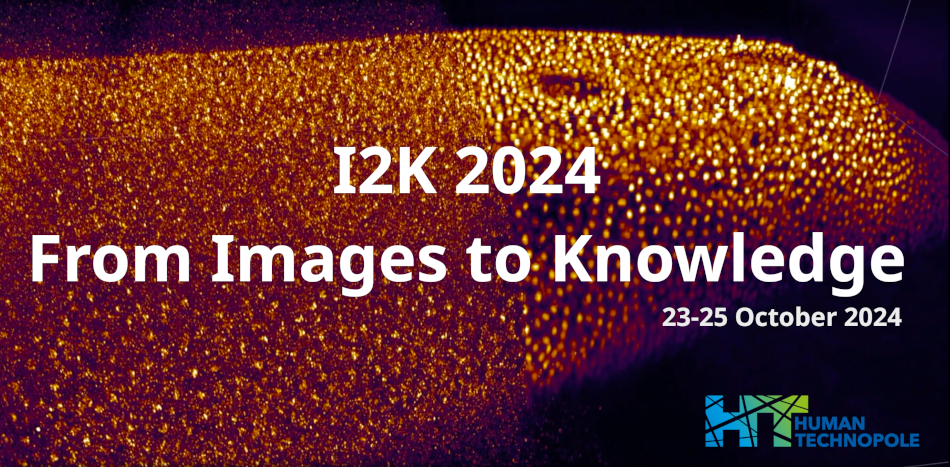Speaker
Description
In the deep learning era, the client-server approach for bioimage analysis offers significant advantages, enhancing both extensibility and accessibility. The image analysis server can be implemented either locally or remotely, enabling efficient resource allocation while offering a wide variety of choices for the client application. Researchers can leverage powerful GPU devices suitable for deep learning-based algorithms, ensuring high-performance hardware utilization and reducing the need for expensive equipment in individual labs.
The client-server approach supports scalable bioimage analysis pipelines, minimizing the need to modify the original implementation. We highlight its practical applications through examples such as the Segment Anything Model (SAM), human-in-the-loop training for cell segmentation (Cellsparse), and cell tracking (ELEPHANT). Additionally, it integrates well with OME-NGFF, a next-generation file format for bioimage analysis, stored in the cloud, providing efficient data management and accessibility. Once the server is set up, users can access advanced analytical tools and algorithms without extensive programming knowledge or computational resources. This democratizes access to cutting-edge bioimage analysis techniques and accelerates scientific discovery. Our work demonstrates the transformative potential of the client-server approach in bioimage analysis, particularly in harnessing deep learning, making it an indispensable tool in contemporary biological research.
| Authors | Ko Sugawara*, Koji Kyoda, Hiroya Itoga, Shuichi Onami |
|---|---|
| Keywords | Deep learning, Client-server, Segment Anything Model (SAM), Cellsparse, ELEPHANT, Human-in-the-loop |

